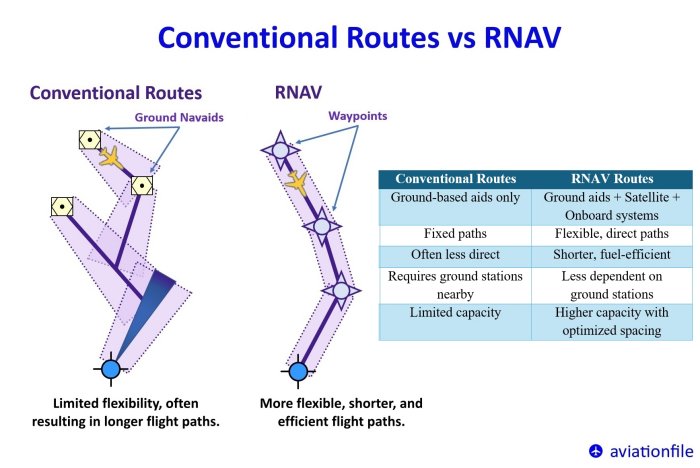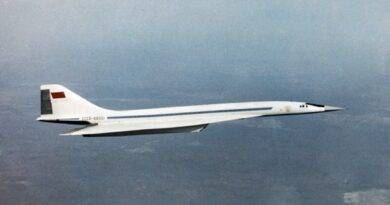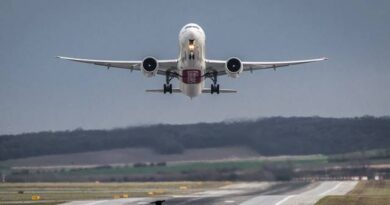What is RNAV? Benefits and Challenges of Area Navigation
Area Navigation (RNAV) is a method of aircraft navigation that enables aircraft to fly on any desired flight path within the coverage of ground- or space-based navigation aids, or within the limits of onboard system capabilities. Unlike conventional navigation, which depends on flying directly over ground-based navigation aids (like VORs or NDBs), RNAV allows more flexible, efficient, and direct routes between any two points.
Developed to improve the efficiency and capacity of airspace, RNAV is now a foundational component of Performance-Based Navigation (PBN), an ICAO-endorsed concept that combines RNAV and RNP (Required Navigation Performance) to enhance global airspace use.
How RNAV Works
RNAV systems integrate multiple navigation sources:
- Ground-based aids: VOR/DME, DME/DME
- Satellite-based systems: GPS/GNSS
- Onboard systems: Inertial Navigation Systems (INS), Flight Management Systems (FMS)
Using these inputs, the RNAV system allows pilots and air traffic controllers (ATC) to define and follow any required flight path, independent of ground navaids.
RNAV Specifications
ICAO and regional authorities define RNAV specifications with associated accuracy requirements:
- RNAV 10: Oceanic operations with 10 NM accuracy.
- RNAV 5: Typically for en-route operations in continental airspace.
- RNAV 2 & RNAV 1: Used for terminal and approach procedures (1–2 NM accuracy).

Benefits of RNAV
1. Operational Efficiency
RNAV enables aircraft to fly shorter, more direct routes. This reduces flight distance, saves fuel, and lowers operational costs.
2. Increased Airspace Capacity
By allowing flexible routing and parallel paths, RNAV supports reduced separation minima, leading to better use of available airspace.
3. Environmental Benefits
Shorter, optimized routes translate into less fuel burn and fewer CO₂ emissions, contributing to aviation’s sustainability goals.
4. Improved Access
RNAV approaches can provide access to airports in terrain-constrained environments where ground-based navaids are limited or non-existent.
5. Enhanced Safety and Predictability
Standardized RNAV procedures for departure (SIDs) and arrival (STARs) reduce controller-pilot workload and increase procedural consistency.
Challenges of RNAV
Despite its advantages, RNAV implementation comes with several challenges:
1. System Complexity
RNAV systems rely on sophisticated avionics, and pilots and controllers require training to use these systems effectively.
2. Infrastructure Requirements
Although RNAV reduces dependence on traditional navigation aids, DME infrastructure still plays a vital role, especially in DME/DME-based navigation.
3. Navigation Accuracy Integrity
While satellite-based navigation is highly accurate, potential signal degradation, spoofing, or GPS outages remain concerns, especially in remote or military-sensitive regions.
4. Regulatory and Standardization Issues
Different regions may apply different RNAV specifications or equipage mandates, posing challenges for global harmonization.
5. Transition Management
Integrating RNAV procedures into existing conventional operations (with mixed-equipage aircraft) can increase ATC complexity, especially during peak traffic.
Conclusion
RNAV represents a major advancement in modern air navigation. It supports the global aviation industry’s need for more efficient, flexible, and environmentally conscious operations. However, realizing its full potential requires continuous investment in infrastructure, training, and international coordination.
As air traffic continues to grow, RNAV — particularly when integrated within Performance-Based Navigation — will remain critical to achieving safe and efficient airspace management worldwide.
References
- SKYbrary: Area Navigation (RNAV) Systems
- ICAO Doc 9613 – Performance-Based Navigation (PBN) Manual
- FAA Advisory Circular 90-100A – U.S. Terminal and En Route Area Navigation (RNAV) Operations
- Eurocontrol – RNAV and RNP Implementation Guidance


